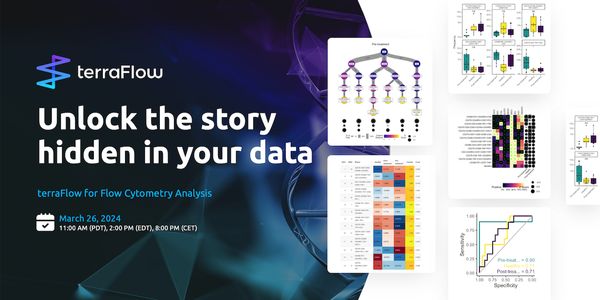
Achieving higher throughput with multiplexed phage display
-
Thomas Hengstl, PhD
Software Product Manager, Molecular DevicesBIOGRAPHY
DATE: September 27, 2018
TIME: 8:00AM PDT
Recent advances in phage display for molecular evolution incorporate deep sequencing to enable greater library coverage. However, severe gaps and limitations associated with next generation sequencing (NGS) library construction and biophysical follow-up of potential hits remain.
Multiplexed phage display (MPD, Figure 1) provides a simple, robust, and seamless high-throughput-ready version of phage display that can simultaneously screen and bioinformatically analyze up to 96 peptide phage libraries in parallel. As a case study, raising peptide binders against the low-density lipoprotein receptor-related protein 6 (LRP6) using MPD generated more detailed results in a shorter time then standard phage display methods. To accommodate the large number of potential lead peptides from the screening, the ForteBio Octet system was used to characterize streptavidin peptide fusions generated by in vitro translation.

Figure 1| Graphical abstract of the workflow of MPD|
After the plate-based discovery (selection) process the DNA is extracted from the viral particles and libraries for NGS are generated. Based on the sequencing results from the target and control phage libraries, several peptides are selected for the biophysical characterization. Those peptides are then expressed as Streptavidin fusions and binding kinetics are measured using biolayer interferometry (BLI).
Learning Objectives:
- How to use next generation sequencing for phage display
- How to generate streptavidin peptide fusions quickly and inexpensively
Achieving higher throughput with multiplexed phage display
Please update your information
Certificate of Attendance
DOWNLOAD CERTIFICATE
Finish Registering
-
APR 30, 2024Immuno-Oncology Virtual Event Series 2024
-
MAY 07, 20243rd International Biosecurity Virtual Symposium
-
SEP 03, 2024Microbiology Week Virtual Event Series 2024
- See More
-
APR 18, 2024
- See More












































